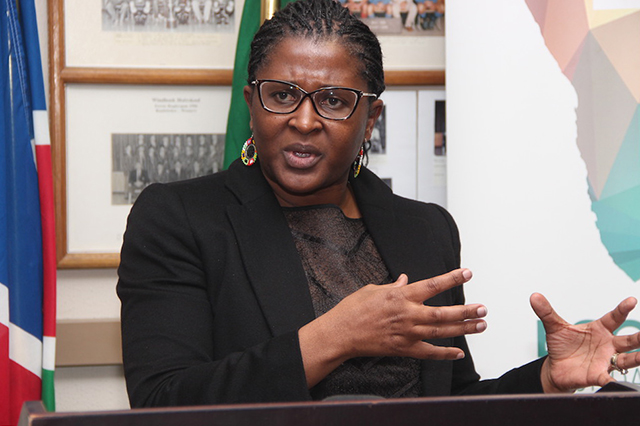The Mile 7 wind turbine, Namibia’s pioneering renewable energy initiative near Walvis Bay, may soon be restored.
Installed by the Erongo Regional Electricity Distributor (Erongored) in 2005, the turbine was once a symbol of Namibia’s efforts to harness wind energy, but was rendered inoperative following the theft of critical components and years of exposure to the coast’s corrosive climate – without much maintenance.
Erongored is exploring options to bring it back to life through a public-private partnership (PPP).
Erongored chief executive Tino !Hanabeb on Friday said interest from private investors has reignited hopes for the turbine’s restoration.
“We went to the board in May for what we call ‘gate one’ approval so that we can restart the project, probably through a PPP. This would allow parties with the financial means to develop it.”
The Mile 7 turbine was once a key learning tool for wind energy in Namibia, but its journey has been marred by challenges.
Its motherboard was stolen in 2006, leading to the project being put on hold.
“The infrastructure is there. It’s ideal to give an opportunity to a willing party. The technology, though, is outdated, and a revamp with new technology is needed,” he said.
“We cannot get a cost higher than what we’re currently paying; we would have to pass that on to the end user,” !Hanabeb said.
Former Erongored chief executive Gerhard Coeln has highlighted the successes of the Mile 7 turbine, which was also Namibia’s first grid-connected wind turbine.
“The fact that we were able to create the first grid-connected and licensed wind generator in Namibia was a significant achievement,” Coeln said.
He also described the project’s significant challenges.
“Convincing the Danish Cooperation for Environment and Development to fund the implementation was not easy and the geo-technical and environmental evaluations were in a field that was new to us at the time,” he said.
“But the biggest setback was when someone broke in and stole the motherboard. The manufacturer couldn’t supply a replacement and Erongored’s financial constraints meant we couldn’t afford a new one.”
Nevertheless, Coeln remains optimistic about the potential for wind energy in Namibia.
He said combining wind energy with solar and utility-scale battery technology is an area of growing interest in the country.
Namibia’s commitment to renewable energy is driven by the need to reduce reliance on fossil fuels, particularly in light of climate change.
By 2050, one-third of the world’s energy is expected to come from renewable sources like wind and solar, as the global energy sector shifts away from carbon-heavy fuels.
“Renewable energy doesn’t mean it has to be implemented at all costs, but it is a real commercial alternative,” Coeln said.
The turbine, a refurbished 220kW Wind World W-2500 from Denmark, was installed with Danish funding of N$2,2 million.
It was intended as a pilot project to assess the feasibility of large-scale wind energy production in Namibia.
“Positioned 11km east of Walvis Bay, it provided a learning environment for local engineers while contributing power to the town’s Mile 7 water reservoir and pump stations,” he said.
Stay informed with The Namibian – your source for credible journalism. Get in-depth reporting and opinions for
only N$85 a month. Invest in journalism, invest in democracy –
Subscribe Now!






